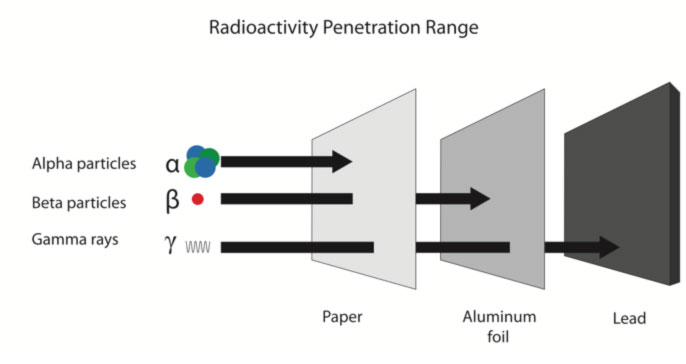
The scientists were under the supervision of Oswaldo Baffa, a professor at the University of S?o Paulo’s Ribeir?o Presto School of Philosophy, Science & Letters.
Some Brazilian researchers computed the radiation measurements in the jaw bone of a Hiroshima bombarding casualty utilizing a system called electron spin resonance spectroscopy. The procedure yielded the correct measure of radiation that can be deadly to people.
A technique utilized by Brazilian researchers could compute the correct measure of radiation that executed a casualty amid the Hiroshima bombing in 1945.
The researchers were under the supervision of Oswaldo Baffa, who is a professor at one University of S?o Paulo.
Baffa clarifies that they utilized the system called electron spin resonance spectroscopy to play out the dosage estimation or what is experimentally known as retrospective dosimetry.
The technique they utilized was not new in the field. Nonetheless, Baffa said that there is reestablished enthusiasm for the system because of dangers of psychological oppressor assaults in the present-day situation.
In the United States, for instance, a presume situated in New York can plant a standard bomb with a little measure of radioactive material in the explosive. Utilizing the system, specialists can distinguish who has been presented to the radioactive aftermath and who needs an immediate medical attention.
The Brazilian researchers were led by Angela Kinoshita, a professor at Universidade do Sagrado Cora??o in Bauru, S?o Paulo. Their full investigation is distributed in the journal PLOS ONE.
About the electron spin resonance spectroscopy technique
In their approach, Kinoshita and her group could gauge a measurement of around 9.46 greys of radiation.
About a large portion of that dose, or 5 Gy, is lethal if the whole body is presented to it.
As said, performing retrospective dosimetry utilizing electron spin resonance spectroscopy isn’t fresh out of the box new approach. Truth be told, the researchers have just based on a proceeding with research that began in the 1980’s by physicist Sergio Mascarenhas. As of now, the technique was utilized to recognize the age of old bones through figuring its contact with various environmental variables, including radiations.




